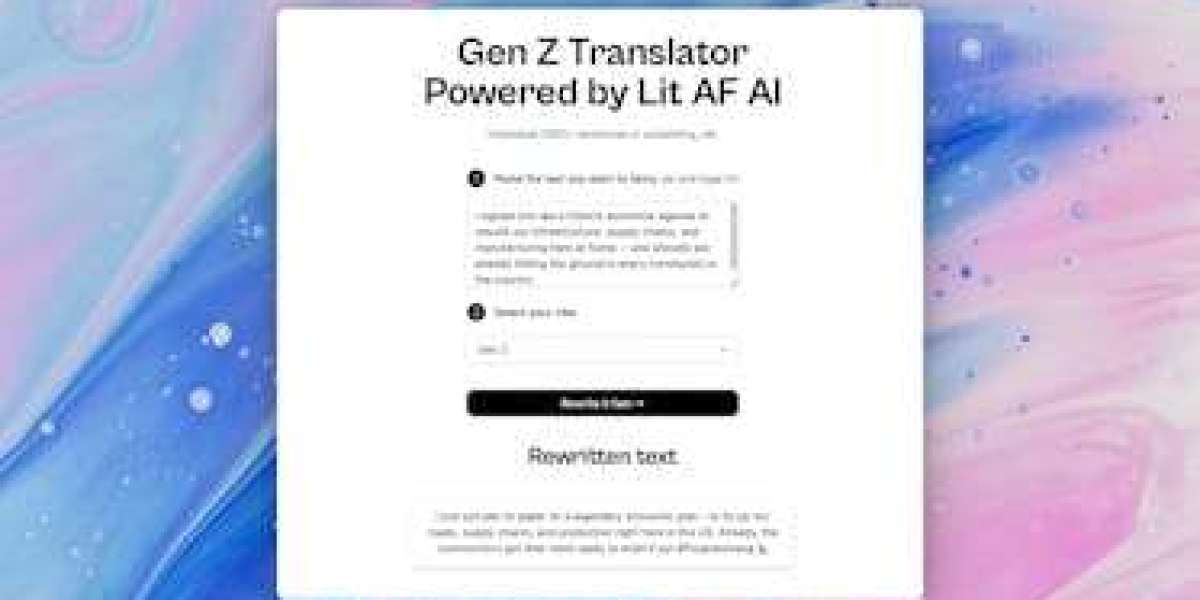In an era where online presence is constant and digital footprints are as real as physical ones, understanding and maintaining healthy digital boundaries has become essential. From endless scrolling and personal updates to professional networking and branding, our lives are woven into online platforms. This hyper-connected world challenges our ability to distinguish between what’s private, what’s public, and what’s appropriate to share. As even younger generations like Gen Alpha are being born into screen-based environments, tools like a gen alpha slang translator remind us just how quickly digital communication evolves—and how vital it is to navigate it thoughtfully.
What Are Digital Boundaries?
Digital boundaries are the virtual lines we set to protect our mental, emotional, and sometimes even professional wellbeing in online spaces. Just like physical boundaries in real-life relationships, digital boundaries govern how we engage, what we share, who we interact with, and when we disconnect.
They can look like:
Choosing who can follow or message us on social platforms
Turning off notifications after work hours
Being mindful about the content we consume or post
Separating personal and professional identities online
These decisions are crucial to avoid burnout, protect privacy, and maintain a healthy relationship with technology.
The Challenge of Hyper-Connectivity
With smartphones, smartwatches, smart homes, and 24/7 social feeds, the digital world is rarely out of reach. While this accessibility boosts productivity and connection, it also erodes our ability to switch off. Work emails bleed into dinner time. Social media distracts us during family moments. The pressure to respond, post, like, and engage is constant.
Hyper-connectivity also blurs the lines between different digital personas. For example, someone might use the same platform for both work and personal interactions, increasing the risk of oversharing or inappropriate content crossover. In this context, boundaries are less about restriction and more about protection.
The Role of Generational Influence
Different generations perceive and practice digital boundaries differently. Baby Boomers may value privacy more than connection, while Millennials have grown accustomed to blending their personal and professional lives online. Gen Z, digital natives, tend to be more expressive but also value mental health breaks from screens.
Now, Gen Alpha—the generation born from 2010 onward—is entering the digital landscape younger than any before. They are absorbing online norms through YouTube, TikTok, and emerging platforms before they even enter high school. For adults navigating this space, especially educators, parents, and marketers, a gen alpha slang translator isn't just a novelty—it’s a bridge to understanding this new wave of digital users. Slang is often an indicator of cultural trends, and knowing the language can help build more respectful digital interactions and set age-appropriate boundaries.
Why Digital Boundaries Matter for Mental Health
Constant exposure to digital interactions can:
Increase anxiety and depression
Reduce real-life social skills
Promote unhealthy comparisons
Lead to addiction-like behaviors
Digital boundaries help reduce this overload by creating a buffer between the user and the endless stream of content and demands. Setting specific online hours, muting toxic accounts, or simply deleting apps temporarily can significantly improve mental clarity and emotional balance.
How to Set Healthy Digital Boundaries
Define Your Digital Priorities
Understand what you want to achieve online—whether it’s networking, learning, or entertainment. This focus helps in filtering out noise.Use Technology to Regulate Technology
Tools like screen-time tracking, do-not-disturb modes, and app limiters can support boundary enforcement.Be Intentional About Privacy
Regularly review privacy settings on all platforms. Decide what you want strangers, acquaintances, and colleagues to see.Separate Work and Personal Accounts
Maintaining different accounts or channels for work and personal life creates natural boundaries.Educate Yourself About Evolving Trends
Use tools like a gen alpha slang translator to stay informed about digital trends. This helps you communicate more responsibly and relate to younger users without overstepping boundaries.Take Breaks Without Guilt
Logging off doesn’t mean you're missing out. Digital detoxes should be normalized, even celebrated.
Digital Boundaries in the Workplace
Remote work and hybrid models have made workplace boundaries more difficult. When your home becomes your office, and work chats ping late into the evening, disconnecting can feel like you're shirking responsibility. But strong digital boundaries are essential for productivity and long-term career health. Employers should promote policies that respect off-hours, while employees can set clear status updates or calendar blocks to reinforce availability limits.
Teaching the Next Generation About Digital Respect
Digital boundaries aren’t just for adults. Kids need to learn them early. From setting screen time to teaching respectful communication online, the earlier we help Gen Alpha establish boundaries, the safer their digital experiences will be.
Here, again, a gen alpha slang translator can assist. By understanding the language Gen Alpha uses online, adults can better guide conversations around what’s appropriate to share, how to interact respectfully, and when to take breaks from the digital world.
Final Thoughts: Boundaries Are Empowering, Not Limiting
In a world that never sleeps, the ability to log off is a radical act of self-care. Digital boundaries don’t mean isolation—they mean intention. They allow us to take back control, stay mentally healthy, and build meaningful digital connections on our own terms.
Whether you’re decoding the latest TikTok trend with a gen alpha slang translator, managing a professional brand, or simply wanting to reduce your daily screen time, the message is clear: boundaries aren't barriers—they’re bridges to a healthier digital life.



